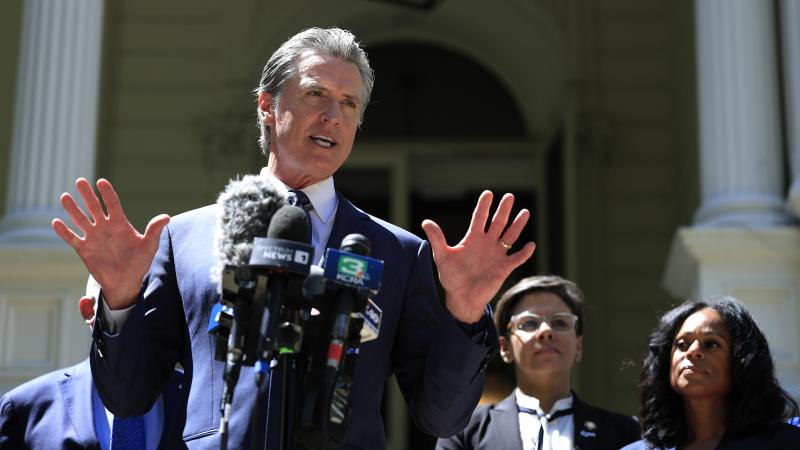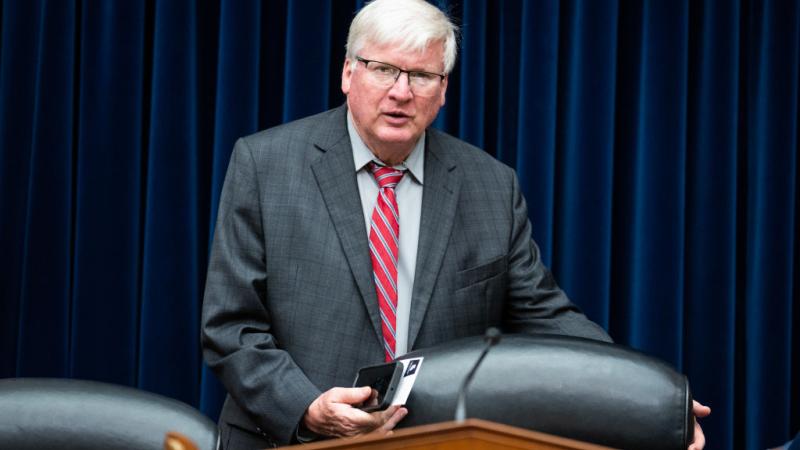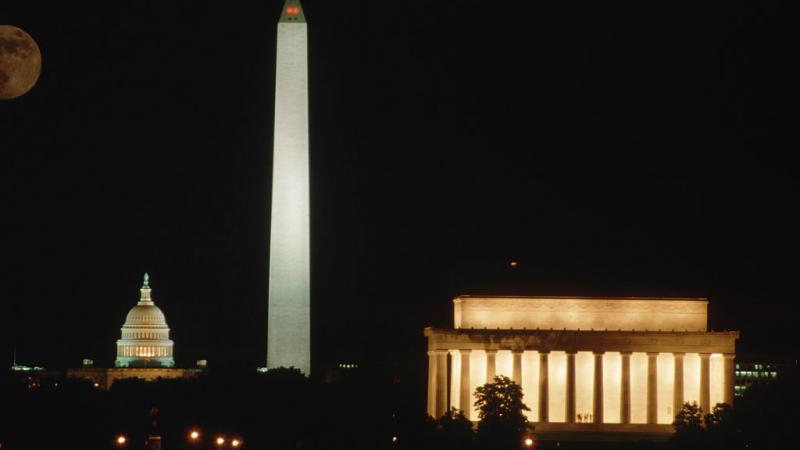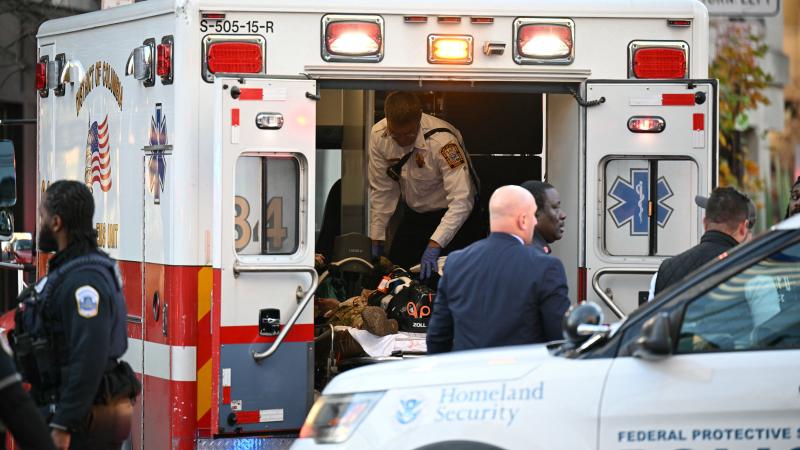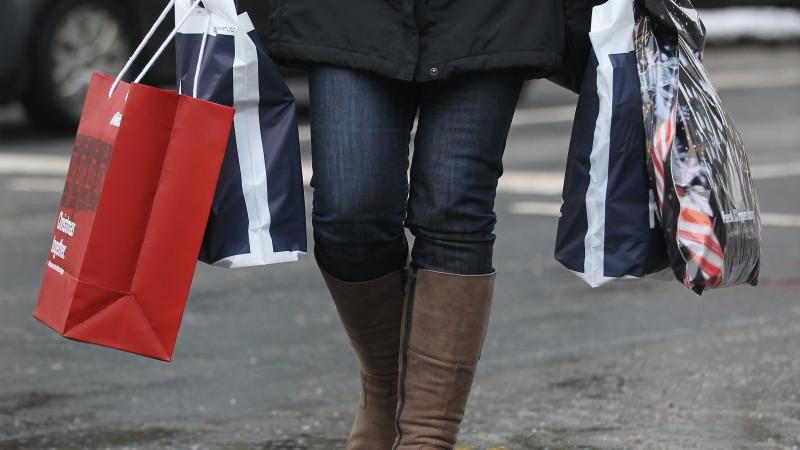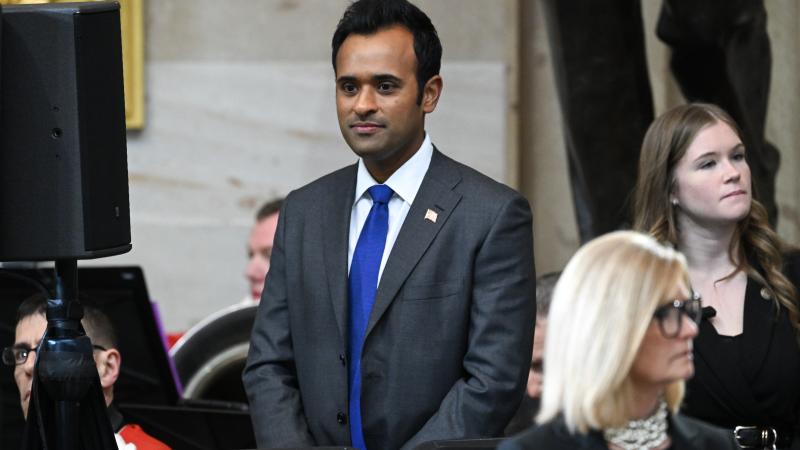Whites underrepresented in prestigious high schools after courts uphold 'proxy' preferences: suit
After appeals court refused to halt admissions using proxies for race because whites and Asian Americans were still overrepresented, earning rebuke from justices Alito and Thomas, replacement system had intended effect, parents say.
What good is the Supreme Court's two-year-old ban on racial preferences in educational admissions if the high court lets other high-demand schools flagrantly flout it?
That's what justices Samuel Alito and Clarence Thomas asked their colleagues last year when SCOTUS declined to review a ruling that upheld an admissions scheme explicitly designed to change racial demographics in Boston's most prestigious public high schools, several months after the duo scolded the court for declining a similar Virginia case across the river from D.C.
The plaintiffs in the Boston challenge have come back with a new 14th Amendment lawsuit claiming the mid-litigation pivot to a different admissions scheme for the so-called exam schools, based on socioeconomic "tiers" instead of the original zip codes, has created the "disparate impact" result required by the 1st U.S. Circuit Court of Appeals: underrepresentation.
"Now, by clustering most white students together in one 'tier' where they compete only against each other for Exam School seats, the current Tier System 'succeeded' in reducing the proportion of white students admitted to the Exam Schools below the group’s share of the applicant pool three years in a row," the suit says.
Filed by the Boston Parent Coalition for Academic Excellence on behalf of dozens of parents of white and Asian-American students denied and seeking admission to Boston Latin School, Boston Latin Academy and John D. O’Bryant School of Science and Mathematics, the lawsuit includes data on the composition of the applicant pool from a public records request.
"Because these students were denied admission to their Exam School of choice due to their race, court-ordered admission to those schools is the only remedy for this race-based harm," and a permanent injunction on the tier system is the only remedy for future applicants, the suit says.
"Boston Public Schools cannot launder racial quotas through socioeconomic labels" in the tier system, said the coalition's lawyer, Chris Kieser of the Pacific Legal Foundation. "The Equal Protection Clause forbids government discrimination, whether done openly or by proxy."
The defendants, Boston School Committee and Superintendent Mary Skipper, on Tuesday got an extension of time to file an answer until Sept. 11. The district's lawyers didn't answer queries by Just the News, and a district spokesperson referred the query to another office, which did not respond.
Northern Virginia's prestigious Thomas Jefferson High School for Science and Technology, the subject of Justice Alito's first fiery rebuke of his colleagues for tacitly allowing "intentional racial discrimination … so long as it is not too severe," continues facing political and regulatory scrutiny for alleged discrimination against Asian Americans.
The U.S. Department of Education opened a civil rights probe of Fairfax County Public Schools this spring, from a referral by state Attorney General Jason Miyares, into its admissions policy adopted in 2020 that eliminated standardized testing and implemented a "holistic" evaluation process for TJ, as it's known, that includes personal experiences.
Republican Gov. Glenn Youngkin had called on Miyares to investigate two years earlier when parents alleged that in the name of equity, TJ withheld notice of academic achievement awards to students until after deadlines for early selection at some colleges. Two more FCPS high schools admitted doing the same, also predominantly harming Asian Americans.
Repeatedly said policy intended to change racial composition
The biggest name in the Boston lawsuit is Boston Latin, "the oldest continually-operating school in America" whose alumni include "five signers of the Declaration of Independence, four Harvard presidents, and one particularly famous dropout: Benjamin Franklin."
The exam schools approved applicants "solely" on GPA and "objective" exam scores until 2020, when the district became "consumed" with reducing white and Asian-American percentages, especially in Boston Latin.
Without naming George Floyd, the suit notes the School Committee approved the prior superintendent's admissions criteria working group in July 2020, a month after the Minneapolis man's death at the hands of police. (Justice Alito's dissent from refusing the Virginia case notes TJ's principal publicly lamented its racial composition in June 2020.)
While "nominally" tasked with a COVID-19 admissions plan, working group members repeatedly said in public they wanted to change the racial composition, the suit says.
They came up with, and the district approved, a plan in which 80% of exam school seats were allocated proportionally to each zip code and lower median household incomes got priority, meaning areas with disproportionately more white and Asian-American students were subject to "much higher GPA" minimums.
Alito's dissent from the Boston denial notes that the biggest celebrity of antiracism in America, Ibram X. Kendi, started the meeting at which the proposal was approved by praising "this antiracist policy proposal" that would "close racial and economic gaps."
Forgetting to mute himself on Zoom, the school board chairman mocked the names of Asian-American parents who had signed up to speak against the "zip code quota plan," and the Boston Globe revealed that two other board members – one later promoted to chair – "texted each other laughing about it in real time," in messages the trial court called "racist."
Though white and Asian-American representation in exam schools fell from 61% to 49% under the zip code quotas, the 1st Circuit said "no amount of intent evidence could overcome the supposed lack of disparate impact" as long as the disfavored groups were still overrepresented in admissions relative to the applicant pool, the suit paraphrases.
By not correcting the 4th Circuit in upholding the TJ's admissions policy as a "facially race-neutral admission policy" that still left Asian Americans overrepresented, "the error has metastasized" in violation of a 1977 SCOTUS precedent on the requirements to use "disparate impact as circumstantial evidence of discriminatory intent," Alito's December dissent said.
"Second, and worse yet, the lower courts mistakenly treated evidence of disparate impact as a necessary element of an equal-protection claim," he wrote. "To my knowledge, we have never said as much."
'White applicants had the lowest exam school acceptance rate of any group'
A subsequent task force created by the school board was directed to devise an admissions policy "build[ing] off" the zip code plan, explicitly intended to improve "racial, socioeconomic, and geographic diversity." Several members even said the zip code plan was too generous by reserving 20% of seats based on GPA alone, the suit says.
The tier system first used in the 2022-2023 school year had no such reservation, dividing seats "evenly among the highest scoring students in each tier." The "composite score" included up to 15 "bonus points" such as attending a high-poverty elementary school, homelessness and living in public housing, according to the suit.
While the system has undergone several "tweaks," such as halving the number of tiers, it still "works as a racial proxy" primarily by "combining a large proportion of white students into one Tier … and forcing them to compete only against one another for a finite number of seats," as task force modeling intended.
The white-heavy tier "also has a substantially larger number of applicants than the others, so each individual applicant is competing against more students for the same number of seats," and whites are unlikely to qualify for the most common bonus points – attending a school with a minimum 40% "economically disadvantaged" students, the suit says.
Each tier's census tracts are determined by percentages of those under the poverty line, "households occupied by the owner," single-parent families and non-English speakers, plus educational attainment.
The first year of the tier system, which included GPA but not standardized assessments in the composite score, whites plummeted to 25% of those admitted to exam schools from the zip code system's 31%, itself a fall from 40% before the racial preferences by proxy, the suit says.
"White applicants had the lowest exam school acceptance rate of any group," counting as a majority of "the only tier to have an acceptance rate under 50%."
The Facts Inside Our Reporter's Notebook
Links
- SCOTUS declined to review a ruling
- explicitly designed to change racial demographics
- the duo scolded the court for declining a similar Virginia case
- new 14th Amendment lawsuit
- Chris Kieser of the Pacific Legal Foundation
- civil rights probe of Fairfax County Public Schools
- called on Miyares to investigate two years earlier
- Two more FCPS high schools admitting doing the same
- Boston Globe revealed
- 1977 SCOTUS precedent


